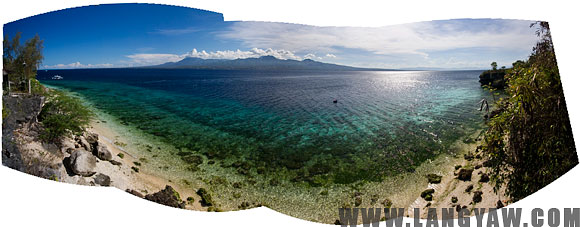
The purpose of this post is to put into context the many Spanish colonial era fortresses, fortress-churches, watchtowers and other fortifications that can still be seen around the coasts of Luzon and the Visayas, testament to the dark history of the country during the Muslim slave raids.
Q: What does tea and Sulu got to do with Miag-ao Church?
A: A century’s worth of terror and history.
If not for the strange confluence of events in the middle of the 18th century: a volcanic eruption in Mindanao and a shift in the food and drink preferences in China and Britain, respectively, Sulu wouldn’t have risen into an international emporium and thus become the center of Euroasian trade. The Muslim slave raids that has engulfed the country and most of maritime Asia wouldn’t have been as wide and as devastating as before. It has precipitated one of the darkest history in the region and all because of the British’s insatiable need for a mildly addicting beverage, tea.
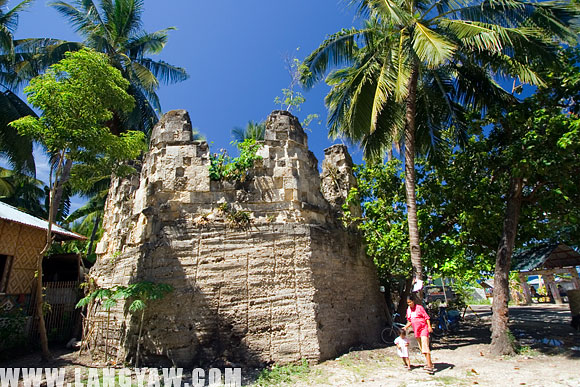
Put simply, the popularity of tea replaced ale as their national drink and with Britain having no items to trade for the commodity that interested the Chinese, the only source that time, paying with silver from its colony, India, was economically ruinous. That’s why they looked to the rest of Asia. Sulu was at the center of the Sino-Anglo (Chinese and English) trade. Its strategic location, their interest with what the Europeans have and to some extent, their common dislike for the Spaniards sort of made it easier.
To be able to trade with the Chinese, the British bartered products consisting of elegant cloth from India, metalworks (curiously, English made kris was a favorite with the Muslims), guns and munitions and opium. Sulu exchanged these with products important to the Chinese: tripang or sea cucumber, bird’s nest and pearls which were the three major items followed by camphor, tortoiseshell and other forest, marine and earth products. Merchants from all of maritime Southeast Asia came to the port of Sulu to trade.
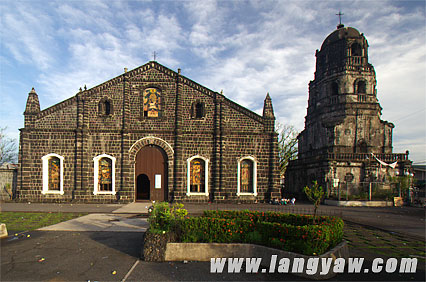
The natural products intended for the Chinese market were so labor extensive that slaves were in great demand to procure, gather, till and mine the forests, seas and fields. And what better way to get manual labor than to go on raiding expeditions. Sponsored by the Datus and Sultan, the unique talents of the Iranun, and later the Balangingi, were employed. During this period, the slave raids stretched as far as New Guinea in the east to the Bay of Bengal in the west. However, it was the neighboring islands of the Visayas, Luzon and north Mindanao that bore the brunt of these raids. It is estimated that around 200,000 natives were enslaved.
Between August and October, during the so called “pirate wind,” the habagat or southwest monsoon, the raiders, at an average of 2,500 – 3,000 armed men on 40-50 vessels called prahus crossed the Sulu Sea to reach Balabac in Palawan, go up the coastline to the Calamianes then crossed to Cuyo to stock on provisions. From there, they proceed to Romblon, Marinduque, Mindoro, south Luzon and much of the Visayas to harass and pillage. They also reached Cavite, Zambales, Ilocos, rounded off Cagayan and then to Bicol. When the amihan or northwest monsoon arrived, it was time for them to head back to Sulu with their captives and passed Samar, Leyte, Cebu, Negros and north Mindanao.
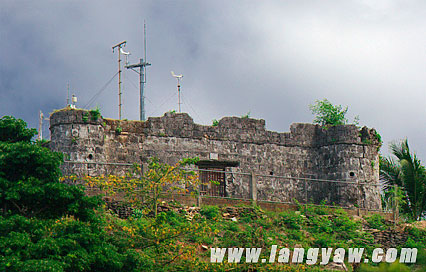
The piratical raids were fast that surprised their prey. Fishermen and sea traders were fished out of the seas. Religious feasts were good opportunities for captives where people from different places come down and, lost in the revelry, were easy pickings. Foreigners and Spanish friars were ransomed off. Men and women, old and young were all taken. Those who survive the often months long voyage were then sold in the slave market of Sulu or to other merchants intended for other Asian markets. The sickly and elderly were, unfortunately, traded to fierce tribes in Borneo who often used human sacrifices for their many rituals.
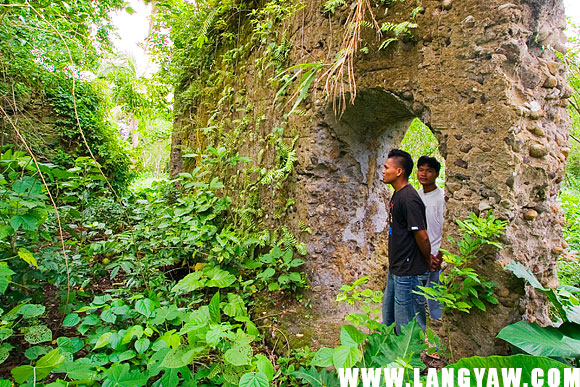
The result, trade between islands and with Manila collapsed for a time. Families were torn apart. Towns were abandoned. However, under the leadership of the often lone Spaniard in the community, the Spanish friar, people retaliated. Fortifications were constructed and several examples can still be found. The watchtowers of Augustian Fray Julian Bermejo when stationed in Boljoon, Cebu, constructed these “telegraphic” stations that upon sighting of the prahus the sentinel then signals the next station who then alerts the next. In no time, you have an efficient warning system running back and forth the entire southeastern part of Cebu from Carcar to Santander. And the defenders were successful that a decisive battle in the early 19th century off Sumilon Island in Oslob resulted in relative peace in succeeding years, the raiders skipping the southwest Cebu route.
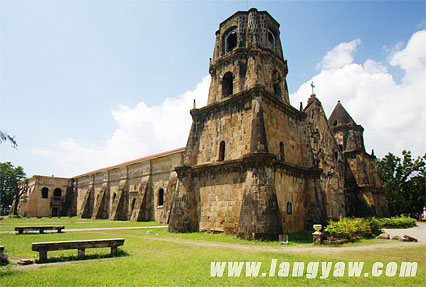
Then we have Miag-ao, the magnificent fortress-church built on a high promontory after the first one located below at the coast was destroyed in one of the raids. Its thick buttresses and left belfry, higher than the right, protected the people from succeeding pillages. The church of Sta. Maria in Ilocos, another UNESCO World Heritage Site is another example. High up a hill, it overlooked the coast. And so are the ones found in Cuyo, Agutaya and Culion in Palawan; Capul, Guiuan and Laoang in Samar; Boac in Marinduque. The belfry in Tabaco, Albay is a massive watchtower and so is Laoag, Ilocos Norte. Watchtowers are peppered across the coastlines of Negros, Bohol, Samar, Leyte and Cebu.
By 1848, the Spaniards introduced gunship steamboats and destroyed Balangingi where most of the raiders were based. By the 1860s, many of these raiders were in prison and together with their familes, were exiled in the Cagayan Valley.
The Muslim slave raids indeed is one of the darkest years in colonial Philippines. But with it, our people rose to defend themselves. Testament to this bravery are the various fortifications that dot the country. Unfortunately, most are in bad condition and crumbling that there is a danger that we might lose these forever.
galing estan! you made a very extensive research on this. impressive review and we’ll check simbahan.net.
quality as expected…
heritage like these should be protected and maintained.
dong, islander, salamat. i’ve read around four books on the subject and several articles since i’m also doing personal documentation of these structures.
Good job estan. Thanks for taking time in mulling over the underlying stories behind these fortresses. You’ve presented one perspective of Philippine history that’s not much written about. Thanks for indicating your references too. I will check them out coz I’m also trying to gather materials in relation to the documentation, and hopefully, the eventual writing of the still unwritten history of Agutaya. So far, what I have are manuscripts in Spanish which I gathered from the archives of the Recollect Priests in Quezon City two years ago, but they are so difficult to decipher. Well, I just wish I have more time to do things of this sort for my beloved hometown. Keep it up! I’ve read your 3 part posts at simbahan.net as well. If in case I will find some of your research work useful, credit will of course be given to whom credit is due. I wouldn’t dare plagiarize or violate copyright laws.
Liezeil
The crumbling baluarte reminds me of the Lolei Temple in Siem Reap. Ruins worth restoring for the mere purpose of preserving a piece of our history. love the shot of the Tabacco Cathedral. Gandang accent ng blue sky and clouds. a very informative entry. galing.
wow! i love your blog.. great shots and blogs! lets exchange links..
btw, thanks for visiting my blog…
Now the childhood saying from the elderly whenever we play beyond the sunset, “sige mo, dakpan dyud mo sa Moros”, makes sense.
Estan: wonderful research and field work. Saludo ko bai.
hello. i would just like to seek help. can you please tell me the title of the four books which you made reference for this?
(actually, i really just need a proof that the british traded firearms to the ppl of sulu for sea products. and then later on trade these for chinese tea. you mentioned this, right?)
@ria, check out this link: http://simbahan.net/references/
The ones by Warren and Javellana (Fortress of Empire) are my references.
omg omg. thanks! (i didnt expect you would reply :D)
i realized awhile ago that some of the content coincided with what I was reading. turns out, we have a common book! The Sulu Zone by Warren. it really helped.
very interesting and well written article sir Estan, I love documenting churches and it’s such an enlightening piece that I’d be looking differently on these fortresses from now on.
Thanx Chris. These structures are really interesting. unfortunately, majority are left to deteriorate
Lagonoy is located in Camarines Sur (not Norte)
thanx Juan Paulo! Will correct it.